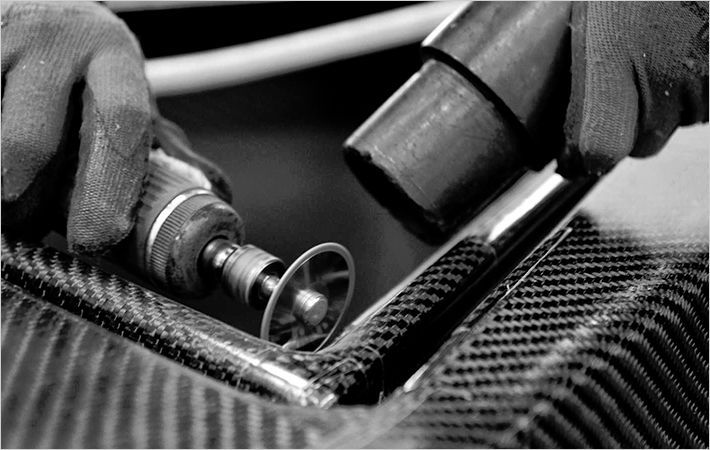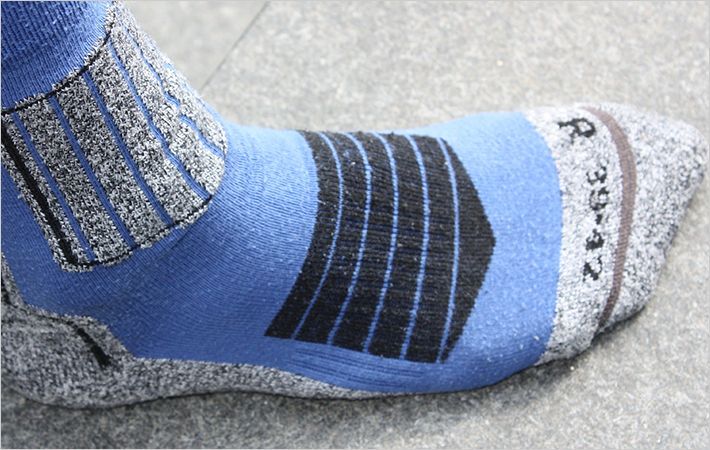Market prices for tuna vary drastically. The poorest quality grades bring in as little as just three to four dollars per kilo, while Grade 1 tuna can sell for as much $1,000 per kilo. “The challenge,” explains Mr. Viksund, owner of Viksund Boats, “is that Grade 1 tuna means crews have only 24 hours from the time they catch a fish to when it needs to be at market in Tokyo.” Handling of the fish on board is also crucial to its grade status since stress factors reduce quality. One key to “humane” handling is being able to keep the fish stored at optimum temperature while on board — a challenge in Sri Lanka’s tropical climate.
While the international airport already offers direct, daily flights to major hubs, Sri Lanka’s current fishing fleet does not allow for that kind of turnaround. Today, fishing vessels stay out at sea for three to six weeks at a time, catching large volumes of fish that are of low quality by the time they reach shore.
By leveraging composite technology, Mr. Viksund’s new boat design offers a solution that could reduce the number of fish needed for profitability by 70 percent. That means higher profit from fewer fish — vital both for Sri Lanka’s immediate economy and for the over-fished tuna’s long-term sustainability.
Having worked with DIAB materials for almost four decades, Mr. Viksund is a firm believer in the benefits of composites. “Building with sandwich composite construction gives us lighter, faster boats that burn less fuel,” he explains. “Plus, the insulation properties that DIAB’s materials provide are important as we’re dealing with average temperatures around 30 degrees.”
Viksund’s new design features a hull based on G3 offshore racing powerboats with high-tech refrigerated fish holds that eliminate spoilage and get fresh tuna back to port at speeds of up to 40 knots. The prototype includes DIAB’s Divinycell H cores and finished panels conveniently delivery from China. Viksund has utilized DIAB’s H-grade materials and structural design capabilities for many years, as they know these give them the stiffness, toughness and insulation they need.
With Sri Lanka prioritizing fishing and tourism as potential growth areas for the country’s economy, government agencies such as the Ministry of Fisheries and Aquatic Resources Development are eager to see the new Viksund design hit the seas. Among other things, they’ve provided land for a new factory to facilitate construction.
Viksund expects the first boat to be in use by the end of this year and anticipates high demand. “I believe we could be up around 50 to100 boats per year for the next 5 to 10 years, and perhaps more as we expand to other markets in Asia,” he projects. “With the ability to sell higher quality tuna at market for top dollar, the fish will actually pay for the investment.”
DIAB

